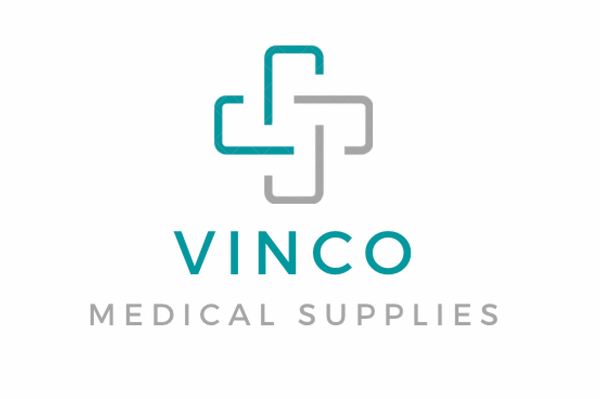In the world of healthcare, every detail counts, and one essential item that plays a pivotal role in maintaining hygiene standards is the medical exam glove. Whether you're a healthcare professional, a caregiver, or someone looking to keep themselves protected, choosing the right gloves is crucial. In this comprehensive guide, we'll delve into the nuances of medical exam gloves, including the benefits of powder-free options, the superiority of nitrile, and why medical-grade gloves are essential.
Why Medical Exam Gloves Matter: Medical exam gloves serve as a barrier against contaminants, protecting both the wearer and the patient from the spread of infection. From hospitals to clinics, dental offices to laboratories, these gloves are indispensable in maintaining a sterile environment. When it comes to choosing the right gloves, several factors come into play, including material, powder-free options, and the level of protection provided.
Powder-Free Gloves: A Game-Changer for Hygiene: Traditionally, medical gloves were powdered with cornstarch or other materials to make them easier to put on and remove. However, powder particles can contaminate the environment and even cause allergic reactions in some individuals. That's where powder-free gloves come in. By eliminating the powder, these gloves offer a cleaner and safer option, reducing the risk of allergic reactions and contamination in sensitive environments.
The Superiority of Nitrile Gloves: Nitrile gloves have emerged as the preferred choice for many healthcare professionals and individuals alike. Unlike latex gloves, nitrile gloves are synthetic and offer several advantages. They are resistant to punctures, tears, and chemicals, making them ideal for handling hazardous materials and substances. Additionally, nitrile gloves are latex-free, eliminating the risk of latex allergies while providing excellent tactile sensitivity and comfort.
Medical-Grade Gloves: Ensuring Quality and Safety: When it comes to medical exam gloves, quality is paramount. Medical-grade gloves undergo rigorous testing to ensure they meet stringent standards for performance, durability, and safety. These gloves are designed to provide superior protection against pathogens and contaminants, making them the go-to choice for healthcare professionals who demand the highest level of quality and reliability.
Choosing the Right Gloves for Your Needs: With a wide range of options available, choosing the right gloves can seem daunting. Here are a few key considerations to keep in mind:
- Material: Consider the specific needs of your environment and choose between latex, nitrile, or vinyl gloves based on your requirements for durability, allergy concerns, and chemical resistance.
- Powder-Free: Opt for powder-free gloves to reduce the risk of contamination and allergic reactions.
- Size and Fit: Ensure a proper fit to maximize comfort and dexterity while minimizing the risk of tears or slips.
- Compliance: Verify that the gloves meet relevant industry standards and regulations, such as FDA approval for medical use.
Conclusion: In the realm of healthcare, every precaution matters, and choosing the right medical exam gloves is no exception. From powder-free options to the superiority of nitrile, the choices available cater to a variety of needs and preferences. By prioritizing quality, safety, and hygiene, you can ensure optimal protection for both yourself and those under your care. Explore our range of medical exam gloves today to find the perfect fit for your needs.
